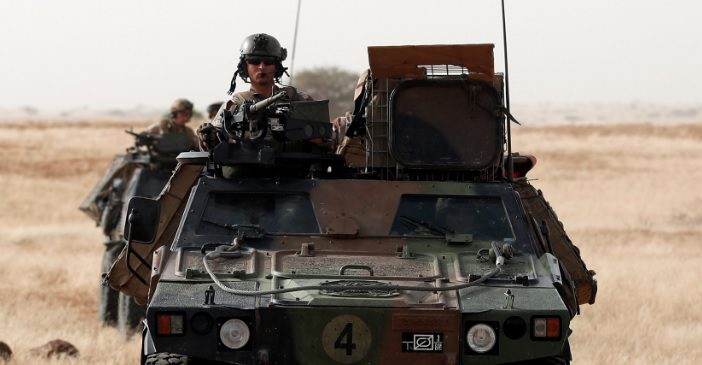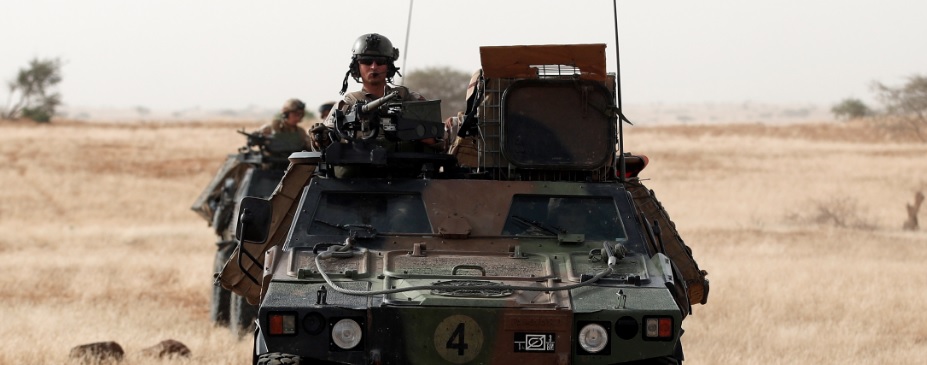Critical Threats Org.
Emily Estelle
The expansion of an Islamic State of Iraq and al Sham (ISIS) affiliate in the Sahel demonstrates that current U.S. and European counter terrorism efforts are failing to prevent the growth of the Salafi-jihadi movement in Africa.
French military operations in West Africa in 2018 have focused largely on the Islamic State in the Greater Sahara (ISGS).
ISGS formed in 2015 when its leader, the commander of a splinter group of an ISIS. ISGS grew rapidly after attacking a joint U.S.-Nigerien patrol in western Niger in October 2017. ISGS’s growth occurred because of its strategy of entering and worsening ethnic conflicts to recruit and gain popular support—mirroring the sectarian strategy implemented by the founder of al Qaeda in Iraq and later ISIS, Abu Musab al Zarqawi.
Counterterrorism operations weakened ISGS in 2018, but the group gained popular support in northern Mali and contributed to an escalating Salafi-jihadi insurgency in Burkina Faso. Furthermore, the focus on ISGS has allowed AQIM’s Malian affiliate to spread into Burkina Faso and drive the new G5-Sahel joint force, which is meant to be the West’s local counterterrorism partner, out of central Mali. The persistence of the conflict conditions that allowed ISGS to grow in Mali will either allow ISGS to regain strength or spawn a successor group.








